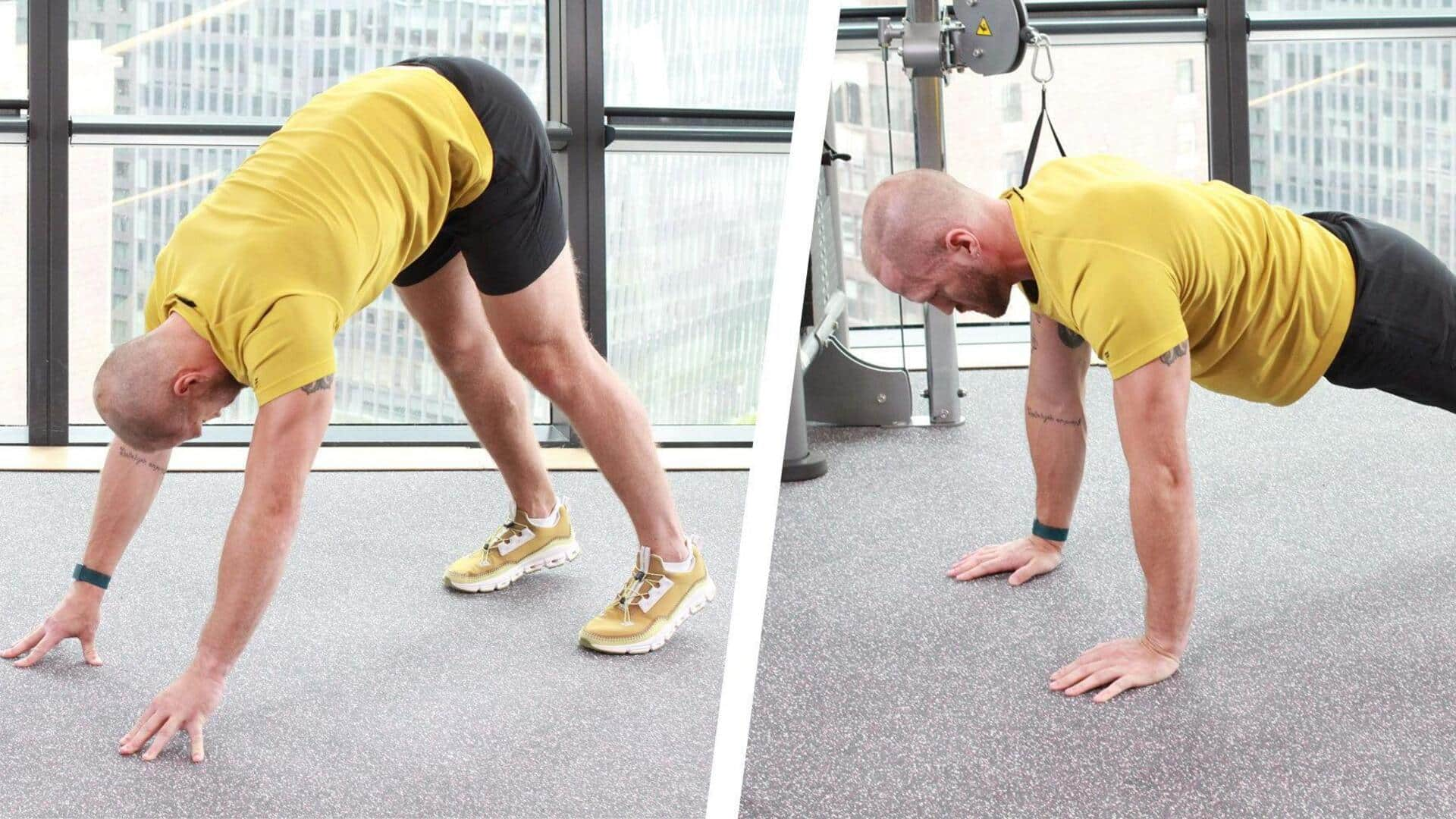
Inchworm exercises: A simple way to wake up your body
What's the story
Inchworm exercises are an easy and effective way to increase flexibility and tone muscles. The exercise consists of a few mindful moves that work various muscle groups, making it a great addition to any fitness regime. By including inchworm exercises, one can improve their range of motion, strengthen core muscles, and enhance overall physical performance. Here are the benefits and techniques of inchworm exercises to help you start on your way to better fitness.
Flexibility boost
Improve flexibility with inchworms
Inchworm exercises are especially useful when it comes to flexibility. The movement involves stretching the hamstrings, calves, and lower back as you bend forward and walk out your hands into a plank position. This dynamic stretch increases the range of motion in these areas with time. Practicing them regularly can significantly improve your flexibility, which is crucial for avoiding injuries and improving mobility.
Core engagement
Strengthen core muscles effectively
One of the major advantages of inchworm exercises is that they engage core muscles perfectly. As you move from standing to a plank position, your abs work vigorously to keep your body stable. This engagement strengthens the core over time, which leads to improved posture and balance. A strong core supports you in your daily activities and reduces the risk of back pain.
Upper body focus
Enhance upper body strength
Inchworm exercises also work for upper body strength as the shoulders, arms, and chest muscles are engaged in the plank phase. As you walk out your hands to a plank position, these muscle groups get activated and strengthened with every rep. Doing inchworms as part of your routine can improve upper body endurance and strength without needing any equipment or weights.
Routine integration
Incorporate inchworms into your routine
Adding inchworm exercises to your fitness routine is super easy and you don't even need any equipment. Start by standing with your feet hip-width apart, then bend at the waist to place your hands on the floor. Walk your hands forward to a plank position, then walk them back and return to standing. Repeat this several times per session, increasing repetitions gradually as your strength improves, ensuring proper form to avoid strain.